Lesbian identities are often difficult to uncover in the archive.
Unlike male homosexuality, sexual relationships between women were never criminalised, which led to less visibility. But their stories and experiences are awaiting discovery.
A thread for #LesbianVisibilityWeek
Unlike male homosexuality, sexual relationships between women were never criminalised, which led to less visibility. But their stories and experiences are awaiting discovery.
A thread for #LesbianVisibilityWeek
Our collection holds rich material relating to same sex relationships between women.
To celebrate Lesbian Visibility Week, we thought we'd highlight some of our key records.
To celebrate Lesbian Visibility Week, we thought we'd highlight some of our key records.
The "Ladies of Llangollen", Eleanor Butler and Sarah Ponsonby, were two upper-class Irish women who lived together in Wales, whose scandalous relationship attracted attention during the late 18th and early 19th century.
📷: Welcome Collection V0007359 - WikiCommons
📷: Welcome Collection V0007359 - WikiCommons

We hold their wills, on which both are listed as 'spinsters.'
Butler bequeathed everything to her ‘beloved friend Sarah Ponsonby.’
📷: PROB 10/5128 &📷: PROB 11/1763/266

Butler bequeathed everything to her ‘beloved friend Sarah Ponsonby.’
📷: PROB 10/5128 &📷: PROB 11/1763/266
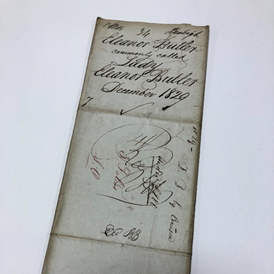
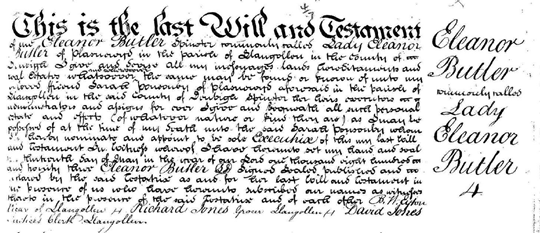
Maud Allan was a much-celebrated dancer on the West End stage in the early 20th century. In 1918 she became involved in a shocking libel trial, in which she was accused of being a member of the 'cult of the clitoris', or in other words, a lesbian.
📷:COPY 1/550/190 & CRIM 4/1398

📷:COPY 1/550/190 & CRIM 4/1398
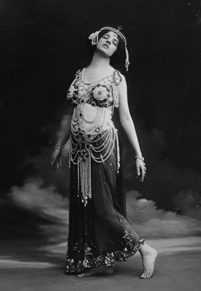
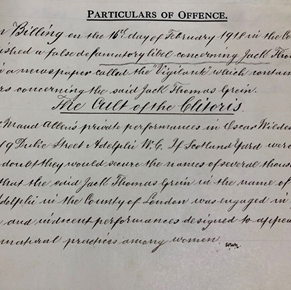
Despite Allan’s strenuous denial of the accusations, in later life she lived in this apartment with Verna Aldrich, her secretary and lover.
This handy blog, written by @vicky_ig, covers her life in greater detail: blog.nationalarchives.gov.uk/lgbtq-history-…
📷: CRES 35/3368
This handy blog, written by @vicky_ig, covers her life in greater detail: blog.nationalarchives.gov.uk/lgbtq-history-…
📷: CRES 35/3368
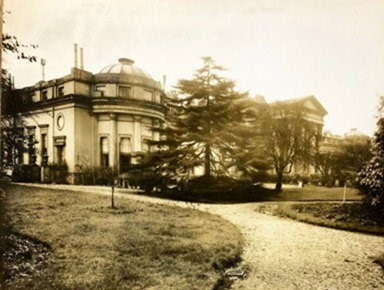
In 1921 the House of Lords rejected a proposal to add a new offence of acts of gross indecency between women under the Criminal Law Amendment Bill.
Unlike sexual acts between men, same sex relations between women had not been criminalised.
📷: LCO 2/469
Unlike sexual acts between men, same sex relations between women had not been criminalised.
📷: LCO 2/469
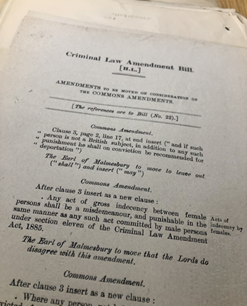
It is believed that part of the reason this legislation was not passed was the fear that criminalising same-sex relationships between women would lead to greater visibility of lesbians – and, therefore, an increase in their number.
📷: LCO 2/469
📷: LCO 2/469

In 1928 Radclyffe Hall wrote ‘The Well of Loneliness’, a novel that featured female characters in same-sex relationships. It was banned later that year.
The records relating to the obscenity trial form part of our collection.
📷: DPP1/88
The records relating to the obscenity trial form part of our collection.
📷: DPP1/88

It was not until 1943, six years after the death of Radclyffe Hall, that The Well of Loneliness would be published in the UK once again. To this day, the text remains one of the most celebrated lesbian-novels.
Famed lesbian Anne Lister kept diaries that chronicled her life over 5 million words, including her sexual relationships with women. In her diaries she wrote, “I love and only love the fairer sex”. 
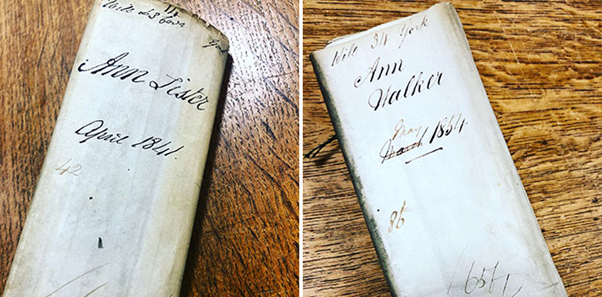
We hold the wills of Anne Lister and her lover Ann Walker.
Anne Lister's will featured within our recent 'With Love' exhibition, which you can explore here: nationalarchives.gov.uk/with-love/exhi…
📷: PROB 10/6000 & PROB 10/7038.
Anne Lister's will featured within our recent 'With Love' exhibition, which you can explore here: nationalarchives.gov.uk/with-love/exhi…
📷: PROB 10/6000 & PROB 10/7038.
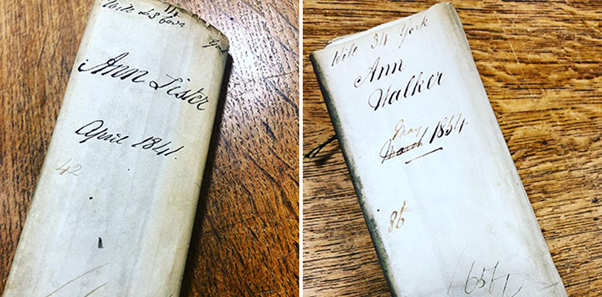
In an era before same sex marriage was made legal, the couple’s options to express their mutual love were limited.
On Easter Sunday in 1834 at the Holy Trinity Church, Goodramgate, they took communion together – an act they deemed as constituting marriage.
📷: COPY 1/523/184
On Easter Sunday in 1834 at the Holy Trinity Church, Goodramgate, they took communion together – an act they deemed as constituting marriage.
📷: COPY 1/523/184
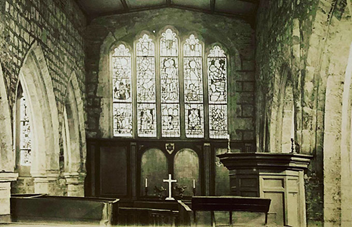
Two hundred years on, the church now bears a plaque acknowledging this as the location of the first lesbian wedding.
📷: Anne Lister plaque - wikicommons
📷: Anne Lister plaque - wikicommons
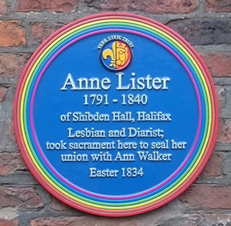
Ultimately, Lister bequeathed her substantial estate to her ‘friend’ Ann Walker, but in an intriguing twist, stated that if Ann should marry she would be disinherited; ‘… as if the said Ann Walker should have then departed this life.’
📷: PROB 10/6000
📷: PROB 10/6000

Vera Holme became Emmeline Pankhurst’s driver, wore masculine clothes, smoked, and lived by independent means. Holmes chose to be referred to as ‘Jack’ and was known to have relationships with women.
📷: LSE Women's Library - wikicommons
📷: LSE Women's Library - wikicommons

Vera not only drove for the suffragettes, but, like many women fighting for the franchise, from 1915 she turned to support the war effort.
We have the medal card for her and her lifelong partner Evelina Haverfield, who served in Serbia as an administrator for the French Red Cross.
Watch @hilarymcc7 talk about 'Sapphic Suffragettes’ on our archives media player: media.nationalarchives.gov.uk/index.php/outi…
Watch @hilarymcc7 talk about 'Sapphic Suffragettes’ on our archives media player: media.nationalarchives.gov.uk/index.php/outi…
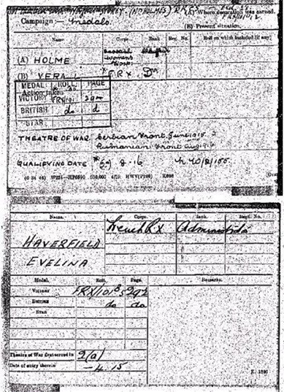
With their love often pushed underground, how were women able to meet other women for relationships in the past? One way was through publications such as The Link, a ‘lonely hearts’-style publication from the early 20th century.
📷: MEPO 3/283
📷: MEPO 3/283
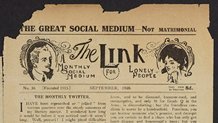
These classified ads look in many ways like past equivalents of modern dating profiles; people had up to 25 words to describe themselves and what they were seeking.
Through these pages, men used the coded language in the classified adverts to meet other men, and some women used them to find other women.
Coded language within these adverts looked like this: ‘unconventional’, ‘lonely’, ‘jolly’ and ‘bachelor girl’…
Coded language within these adverts looked like this: ‘unconventional’, ‘lonely’, ‘jolly’ and ‘bachelor girl’…
Young Lady (B'ham), 19, refined, would be pleased to meet jolly girl as friend for evenings and week-ends. Residing B'ham preferred. 
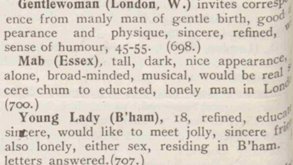
Unconventional (Wales), 30, well-educated, literary tastes, fond of travel, dancing, good times, and studying human nature, would like correspondence. 

Often the lives of lesbian and bisexual women are difficult to trace.
While women’s relationships with other women were never formally criminalised, they were never socially acceptable. This can lead to gaps or silences in the archives.
While women’s relationships with other women were never formally criminalised, they were never socially acceptable. This can lead to gaps or silences in the archives.
Rarely are sources as explicit as the diaries of Anne Lister, but by reading between the lines of common family history records (for example wills and the census) we can reveal a huge amount.
We don’t know exactly how these people would have identified themselves or sometimes the pronouns they would have used. It is possible that some of these examples overlap with broader themes of gender identity.
Use our research guidance to try and make your own discoveries in our records, Sexuality and Gender research guide. nationalarchives.gov.uk/help-with-your…
Happy Lesbian Visibility week! 🌈
Happy Lesbian Visibility week! 🌈
• • •
Missing some Tweet in this thread? You can try to
force a refresh

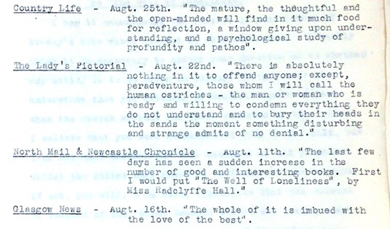


![A promotional poster for the film Wicked Little Letters, showing the cast on a dark blue background, including Olivia Colman dressed in a green jacket and yellow hat, and Jessie Buckley in a white dress and Anjana Vasan, Malachi Kirby and Timothy Spall standing behind them. The phrase 'Be careful what you post' in pink lettering is in the centre and the film title 'Wicked Little Letters' - 'In cinemas February 23rd' at the bottom. [Image credit: Wicked Little Letters, Studio Canal UK ]](https://pbs.twimg.com/media/GKT1gSAWQAAcZQ7.jpg)










